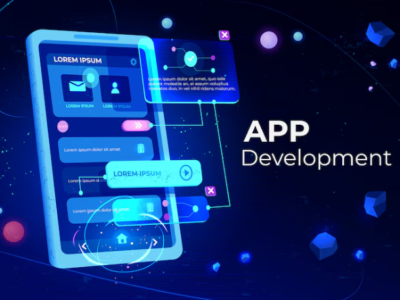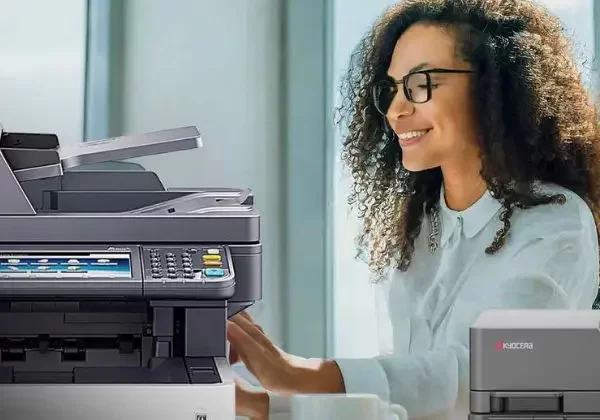
In the rapidly evolving field of medical technology, animation is becoming an increasingly vital tool for education, diagnosis, and patient engagement. Medical animation combines the precision of scientific data with the clarity of visual storytelling, creating a bridge between complex medical concepts and understanding. As we look to the future, several innovations and trends are shaping the landscape of medical animation. Companies like Delta Animations are at the forefront of these advancements, pushing the boundaries of what medical animation can achieve.
1. Enhanced Realism and Detail
One of the most exciting trends in medical animation is the push towards enhanced realism and detail. Advances in 3D modeling and rendering technology allow for incredibly detailed and lifelike representations of anatomical structures and physiological processes. This increased realism not only aids in medical education but also improves the accuracy of simulations used in surgical planning and patient consultations.
Delta Animations is leading the charge in this area, utilizing cutting-edge software and techniques to create animations that closely mimic real-life biological processes. These high-definition animations can help medical professionals better understand intricate details of anatomy and pathology, leading to improved patient outcomes and more effective treatment plans.
2. Integration with Virtual and Augmented Reality
The integration of medical animation with virtual reality (VR) and augmented reality (AR) is another groundbreaking trend. VR and AR technologies offer immersive experiences that can enhance medical training and patient education. For example, VR can simulate complex surgical procedures, allowing surgeons to practice and refine their techniques in a risk-free environment. AR can overlay detailed anatomical visuals onto a patient’s body, providing real-time guidance during procedures.
Delta Animations is actively exploring how these technologies can be integrated into their medical animations. By combining animation with VR and AR, they are creating tools that offer unparalleled levels of interaction and engagement. This fusion of technologies has the potential to revolutionize medical training and patient education, making complex concepts more accessible and understandable.
3. Personalized Medical Animations
Personalized medicine is a growing field, and medical animation is adapting to this trend by offering more customized content. Personalized medical animations can be tailored to individual patients, highlighting specific aspects of their condition and treatment options. This level of personalization helps patients better understand their health and treatment plan, leading to improved compliance and outcomes.
Delta Animations is at the forefront of this trend, developing animations that are customized to each patient’s unique medical condition. By incorporating patient-specific data into their animations, they create highly relevant and engaging content that addresses individual needs and concerns.
4. Enhanced Educational Tools
Medical education is another area where animation is making significant strides. Animated content is increasingly used in medical schools, nursing programs, and continuing education courses to teach complex concepts in a more digestible format. Animated simulations can illustrate procedures, mechanisms of disease, and the effects of various treatments in a way that static images and text cannot.
Delta Animations provides a range of educational animations designed to enhance learning and retention. Their animations are used by educational institutions and healthcare organizations to deliver high-quality, engaging content that supports both theoretical knowledge and practical skills.
5. Interactive and Engaging Content
The future of medical animation is moving towards more interactive and engaging content. Interactive animations allow users to manipulate and explore anatomical structures, simulate processes, and view different perspectives. This interactivity not only makes learning more engaging but also enhances the user’s understanding of complex medical information.
Delta Animations is pioneering this trend by incorporating interactive elements into their medical animations. Their interactive content enables users to delve deeper into specific areas of interest, customize their learning experience, and gain a more comprehensive understanding of medical concepts.
6. Use of AI and Machine Learning
Artificial intelligence (AI) and machine learning are starting to play a role in medical animation. These technologies can analyze large datasets, identify patterns, and generate animations based on complex algorithms. AI-driven animations can adapt in real-time to new information, providing updated visuals that reflect the latest research and developments.
Delta Animations is exploring how AI can enhance their medical animation offerings. By leveraging machine learning algorithms, they are able to create animations that are not only accurate but also adaptable to new findings and changes in medical knowledge.
7. Focus on Patient Communication
Improving patient communication is a key focus of medical animation. Clear and effective communication is essential for patient understanding and compliance. Medical animations can simplify complex information, making it easier for patients to grasp their conditions, treatment options, and procedures.
Delta Animations emphasizes the importance of patient-centered animation. Their animations are designed with the patient’s perspective in mind, ensuring that complex medical information is presented in a clear and accessible manner. This focus on patient communication helps bridge the gap between medical professionals and patients, fostering better understanding and engagement.
8. Expansion into New Medical Fields
Medical animation is expanding beyond traditional areas of medicine into new and emerging fields. For example, animations are increasingly being used in fields like genetic research, personalized medicine, and telemedicine. These new applications require innovative approaches and cutting-edge technology to address the unique challenges and opportunities presented by these fields.
Delta Animations is actively exploring these new areas, developing animations that address the specific needs of emerging medical fields. Their work in these areas is helping to push the boundaries of what medical animation can achieve and opening up new possibilities for its application.
9. Increased Accessibility and Affordability
As technology advances, the cost of producing high-quality medical animations is decreasing. This increased affordability makes it possible for more healthcare organizations and educational institutions to access and utilize medical animation. The democratization of this technology is leading to broader adoption and more widespread use.
Delta Animations is committed to making their services accessible to a wider audience. By offering scalable solutions and flexible pricing, they are helping to ensure that medical animation can benefit a diverse range of users, from small clinics to large academic institutions.
10. Ethical Considerations and Data Privacy
As medical animation becomes more prevalent, ethical considerations and data privacy issues are becoming increasingly important. Ensuring that patient data is handled securely and that animations are used ethically is crucial for maintaining trust and integrity in the field.
Delta Animations places a strong emphasis on ethical practices and data privacy. They adhere to strict guidelines and regulations to ensure that patient information is protected and that their animations are used responsibly and respectfully.
Conclusion
The future of medical animation is bright, with numerous innovations and trends shaping its development. From enhanced realism and integration with VR/AR to personalized content and interactive tools, medical animation is set to revolutionize medical education, patient engagement, and clinical practice. Companies like Delta Animations are at the forefront of these advancements, driving the field forward and unlocking new possibilities for the use of animation in medicine.
As technology continues to evolve, we can expect medical animation to become an even more integral part of healthcare, offering new ways to visualize, understand, and communicate complex medical information. The innovations and trends outlined here are just the beginning, and the future holds exciting opportunities for further growth and development in this dynamic field.










